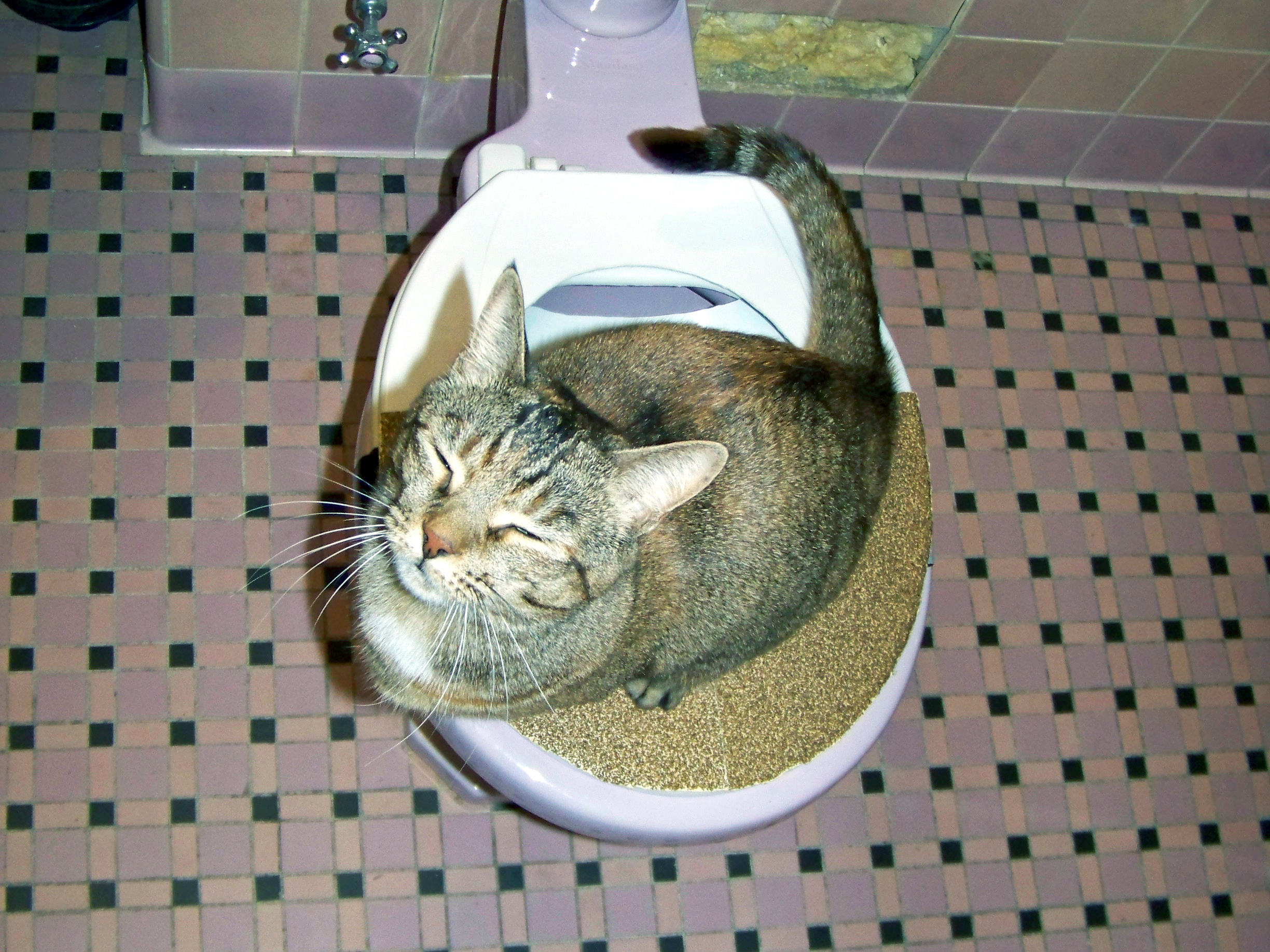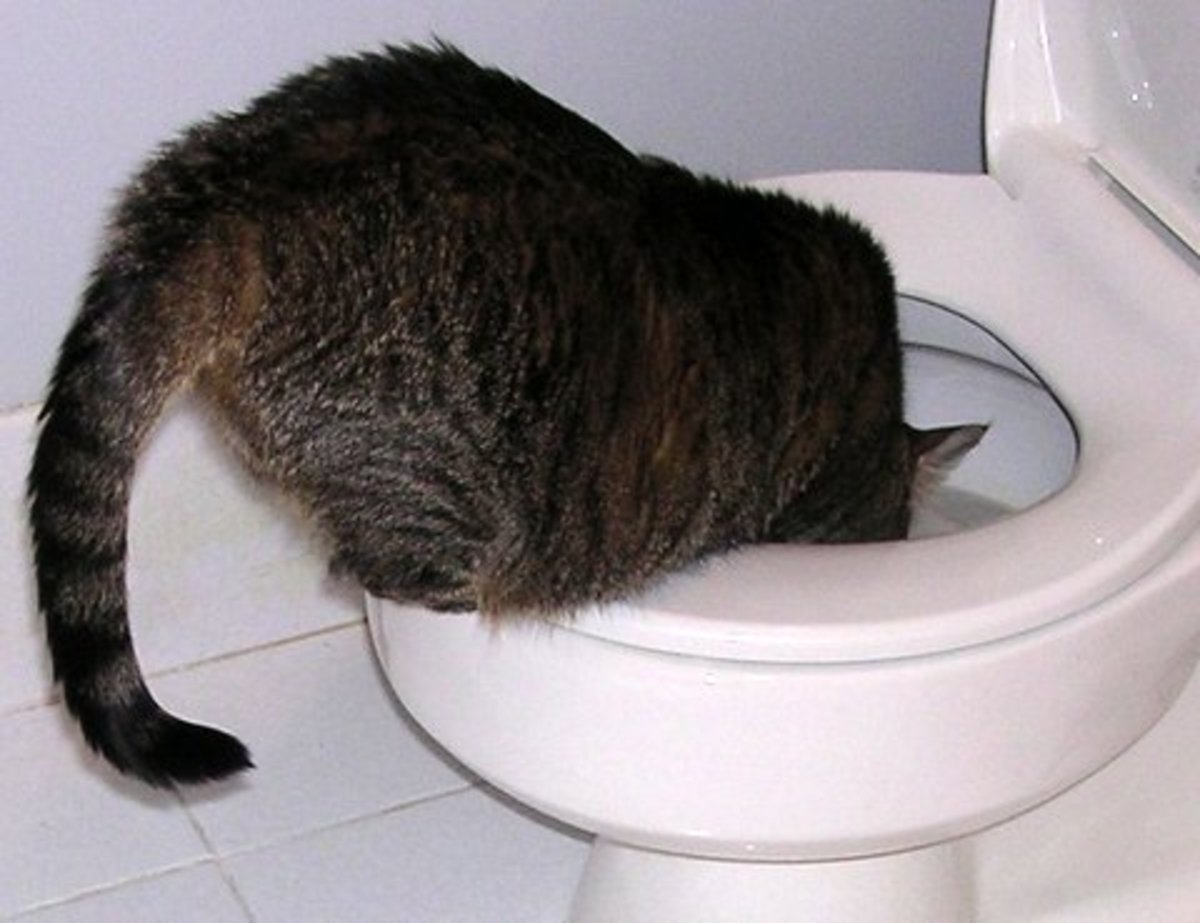Significant Issues Regarding Flushing Animal Waste Down the Toilet
Significant Issues Regarding Flushing Animal Waste Down the Toilet
Blog Article
The author is making several good pointers related to 4 Reasons Why Dog Poop Cleanup is Important in general in this article underneath.

When it comes to taking care of waste, especially animal waste, many people often resort to the convenient alternative of flushing it down the bathroom. Nevertheless, this relatively very easy option can have significant effects for the environment and public health. In this short article, we'll explore why flushing animal waste down the toilet is a negative concept and provide alternate techniques for correct disposal.
Introduction
Proper waste disposal is important for maintaining environmental sustainability and public health. While it might seem harmless to purge animal waste down the commode, it can result in different problems, both for the atmosphere and human well-being.
Risks of flushing pet waste
Environmental effect
Flushing pet waste introduces damaging germs and microorganisms right into rivers, which can negatively affect water ecosystems. These pathogens can pollute water resources and harm marine life, disrupting fragile communities.
Public health worries
Pet waste has hazardous microorganisms such as E. coli and Salmonella, which can position significant health and wellness dangers to people. Flushing animal waste down the commode can infect water materials, bring about the spread of illness and infections.
Alternatives to flushing
Rather than purging pet waste down the toilet, there are numerous alternate disposal approaches that are extra environmentally friendly and hygienic.
Composting
Composting pet waste is an eco-friendly way to dispose of it. By composting, organic matter is broken down into nutrient-rich soil, which can be made use of to fertilize gardens and plants.
Land fill disposal
Disposing of animal waste in a land fill is another option. While not as environmentally friendly as composting, it is a more secure choice to flushing, as it prevents the contamination of water resources.
Animal waste disposal systems
There are specialized animal garbage disposal systems readily available that safely and hygienically get rid of animal waste. These systems frequently use enzymes to break down waste and remove smells.
Actions to appropriate pet waste disposal
To ensure correct disposal of animal waste, comply with these actions:
Scooping and landing waste
On a regular basis scoop and bag pet waste making use of biodegradable bags. This avoids waste from contaminating the environment.
Making use of designated waste bins
Dispose of bagged animal waste in designated waste bins, such as garden compost containers or landfill containers. Stay clear of flushing it down the toilet in all costs.
Cleaning up can and family pet locations on a regular basis
Frequently tidy can and family pet areas to prevent the build-up of waste and bacteria. Usage pet-safe cleaning products to keep health.
Benefits of proper disposal techniques
Embracing appropriate disposal techniques for animal waste offers numerous benefits:
Decreased environmental pollution
Correct disposal approaches lower the risk of environmental pollution, securing rivers and communities from contamination
Lessened threat of water contamination.
By staying clear of flushing pet waste down the commode, the threat of water contamination is considerably decreased, securing public health.
Enhanced cleanliness and health
Correct disposal approaches promote far better sanitation and hygiene, developing a more secure environment for both human beings and animals.
Verdict
In conclusion, purging pet waste down the commode is damaging to the atmosphere and public health. By taking on alternative disposal techniques and complying with correct waste management methods, we can decrease the negative effect of animal waste and contribute to a cleaner, healthier world.
What To Do With Dog Poo – The Do's And Don'ts Of Disposing Of Faeces
Dog poo bins
Some councils provide dedicated dog waste bins in popular dog-walking areas that can take dog poo that has been bagged but you can legally dispose of dog waste in any public litter bin, as long as it is securely bagged. This also applies to your wheelie bin at home.
Do not flush
Water companies do not recommend flushing dog faeces down the toilet because certain parasites can survive the water processing treatment and are potentially harmful to humans. You should also never consider flushing dog poo that has been bagged down the toilet as the bags will not break down and instead create severe blockages in the sewage system.
In the woods
The Forestry Commission promotes a ‘stick and flick’ method for dealing with waste in the woods. This means finding a stick and using it to flick any poo from off the path so that it is out of the way of other walkers. You could also bury it as long as it is not in an area where there might be livestock.
Livestock
Parasites found in dog poo can be transmitted to livestock if they inadvertently eat infected faeces that has been left on grazing land. This could result in the death of sheep or abortion in cattle so you should always make sure you pick up your dog’s waste in fields where livestock could be present.

Frequently tidy can and family pet areas to prevent the build-up of waste and bacteria. Usage pet-safe cleaning products to keep health.
Benefits of proper disposal techniques
Embracing appropriate disposal techniques for animal waste offers numerous benefits:
Decreased environmental pollution
Correct disposal approaches lower the risk of environmental pollution, securing rivers and communities from contamination
Lessened threat of water contamination.
By staying clear of flushing pet waste down the commode, the threat of water contamination is considerably decreased, securing public health.
Enhanced cleanliness and health
Correct disposal approaches promote far better sanitation and hygiene, developing a more secure environment for both human beings and animals.
Verdict
In conclusion, purging pet waste down the commode is damaging to the atmosphere and public health. By taking on alternative disposal techniques and complying with correct waste management methods, we can decrease the negative effect of animal waste and contribute to a cleaner, healthier world.
What To Do With Dog Poo – The Do's And Don'ts Of Disposing Of Faeces
Dog poo bins
Some councils provide dedicated dog waste bins in popular dog-walking areas that can take dog poo that has been bagged but you can legally dispose of dog waste in any public litter bin, as long as it is securely bagged. This also applies to your wheelie bin at home.
Do not flush
Water companies do not recommend flushing dog faeces down the toilet because certain parasites can survive the water processing treatment and are potentially harmful to humans. You should also never consider flushing dog poo that has been bagged down the toilet as the bags will not break down and instead create severe blockages in the sewage system.
In the woods
The Forestry Commission promotes a ‘stick and flick’ method for dealing with waste in the woods. This means finding a stick and using it to flick any poo from off the path so that it is out of the way of other walkers. You could also bury it as long as it is not in an area where there might be livestock.
Livestock
Parasites found in dog poo can be transmitted to livestock if they inadvertently eat infected faeces that has been left on grazing land. This could result in the death of sheep or abortion in cattle so you should always make sure you pick up your dog’s waste in fields where livestock could be present.

Do you like reading up on 10 Things You Should Never Flush Down The Toilet? Place a review below. We would be glad to find out your thoughts about this blog posting. In hopes to see you back again in the near future. For those who enjoyed our post kindly don't forget to share it. I recognize the value of your readership.
Website Report this page